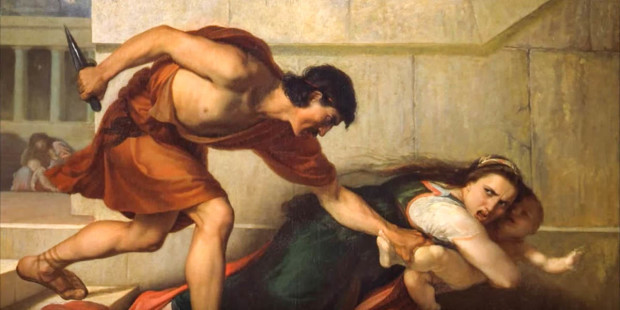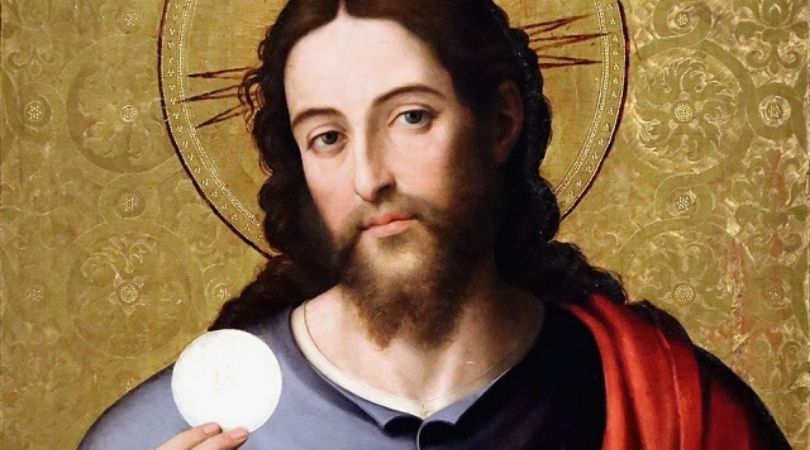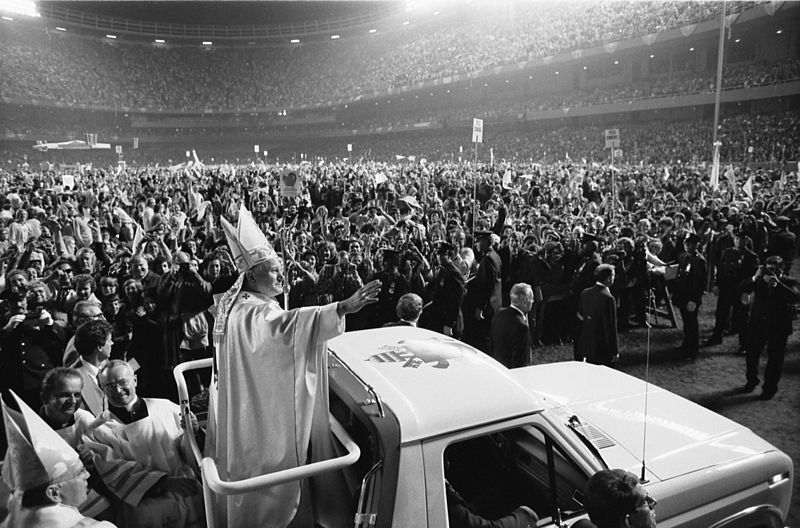And are they a secret code for relaying the Gospel?
 Among the most popular traditions surrounding the celebration of Jesus’ birth is the “Twelve Days of Christmas.” While many are familiar with the famous English carol, few realize the real history behind it and the days it commemorates.
Among the most popular traditions surrounding the celebration of Jesus’ birth is the “Twelve Days of Christmas.” While many are familiar with the famous English carol, few realize the real history behind it and the days it commemorates.
In modern culture Christmas is typically celebrated from after Halloween until December 25. However, in ancient times Christmas was always celebrated starting on December 25 and extending through January.
Over time there grew a tradition called the “Twelve Days of Christmas,” involving the 12 feasts after Christmas ending on January 6, Epiphany, also known as the “Twelfth Night.” (Note: A separate tradition numbers the 12 days beginning with Christmas Day, December 25, and ending on January 5, the eve of the Epiphany.) Here are the 12 days, starting on December 26, and the historical feasts on this day.
December 26: St. Stephen (First Martyr)
December 27: St. John the Evangelist
December 28: Holy Innocents
December 29: St. Thomas Becket
December 30: St. Egwin of Evesham (or 6th day in the Octave of Christmas)
December 31: St. Sylvester I
January 1: The Circumcision of Our Lord (Octave Day of Christmas)
January 2: Holy Name of Jesus
January 3: Sts. Zosimus and Athanasius (or Octave Day of St. John)
January 4: St. Aquilinus (or Octave Day of the Holy Innocents)
January 5: Vigil of the Epiphany (and St.Telesphorus)
January 6: Epiphany
Then in England in 1780 there arose a carol called ‘The Twelve Day of Christmas.” Some believe it is French in origin and over time it became a popular English Christmas carol. According to some traditions the carol is said to be a secret code that relayed the Catholic faith during a time of persecution in England. Below is one rendering of the tradition.
Partridge in a Pear Tree = Jesus Christ
2 Turtle Doves = The Old and New Testaments
3 French Hens = Faith, Hope and Charity, the Theological Virtues
4 Calling Birds = the Four Gospels and/or the Four Evangelists
5 Golden Rings = the first Five Books of the Old Testament, the “Pentateuch,” which give the history of man’s fall from grace.
6 Geese A-laying = the six days of creation
7 Swans A-swimming = the seven gifts of the Holy Spirit, the seven sacraments
8 Maids A-milking = the eight Beatitudes
9 Ladies Dancing = the nine Fruits of the Holy Spirit
10 Lords A-leaping = the ten commandments
11 Pipers Piping = the eleven faithful apostles
12 Drummers Drumming = the twelve points of doctrine in the Apostles’ Creed







